
Video
Experience the thrill of the Carolina Cup in Camden where history and tradition collide at the oldest inland city's annual steeplechase horse race. Held at the Springdale Racecourse, this event draws...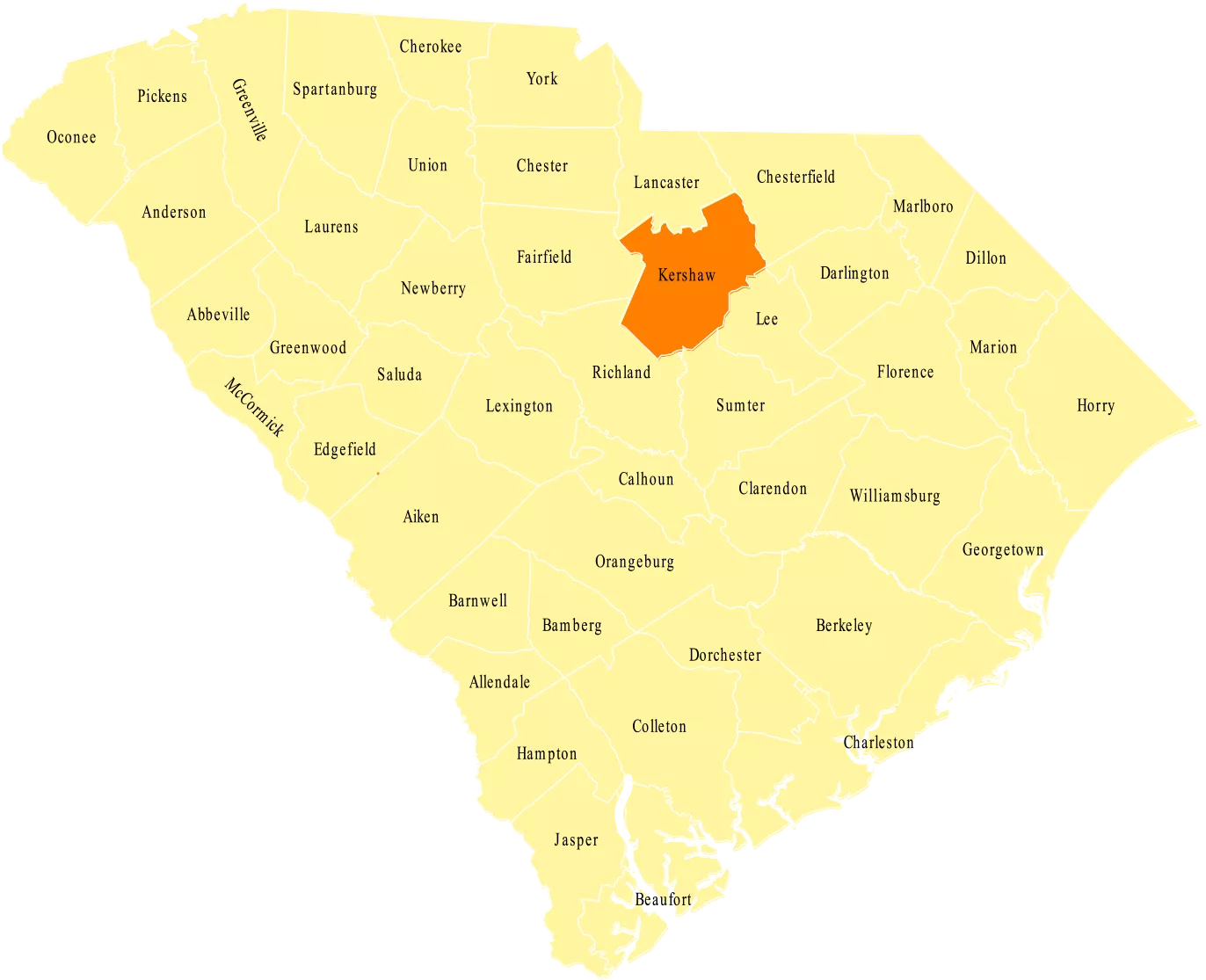
In 1732, the area now known as Kershaw County was settled by English farmers and traders from Charleston. The county emerged in 1791 out of lands from Richland, Claremont, Lancaster, and Fairfield counties. The county’s namesake, Joseph Kershaw, was an early settler in the area.
Kershaw County played a critical role in wars that shaped this nation. During the Revolutionary War, the British took over Camden, the county seat, for over a year beginning in 1780. A number of Revolutionary War battles also occurred in the county, most notably the battle of Camden and the Battle Hobkirk Hill. An event known as Revolutionary War Field Days takes place annually to honor the county’s role in the United States’ fight for independence.
General Sherman burned Camden during the Civil War. Many of the most notable Kershaw County locals lived during this period in history. Six Confederate generals called this county home. Mary Boykin Miller Chesnut, whose diary-style account of the Civil War, Mary Chesnut’s Civil War, “is generally acknowledged today as the finest literary work of the Confederacy,” was also a Kershaw County local.
Today, Kershaw County is known as an important equestrian area. The Carolina Cup International Steeplechase Races occur in Camden every year. The National Steeplechase Museum, the only museum of its kind in North America, also exists in Kershaw County. The area also offers recreational opportunities via Lake Wateree and a thriving Antique and Arts District in Camden.
SOURCES: History of Kershaw County. Accessed June 06, 2016. Mary Boykin Miller Chesnut. Accessed June 06, 2016.

Video
Experience the thrill of the Carolina Cup in Camden where history and tradition collide at the oldest inland city's annual steeplechase horse race. Held at the Springdale Racecourse, this event draws...
Video
The Battle of Camden during the American Revolutionary War is one of the most notorious battles to ever take place on U.S. soil. The Battle of Camden occurred on August 16, 1780. The evening before...
Photo
A polo match in Aiken. Both Aiken and Camden have been noted for polo matches, and for sportsmen who raise and train the polo ponies essential to this mounted team sport. 1930s, WPA. Courtesy of the...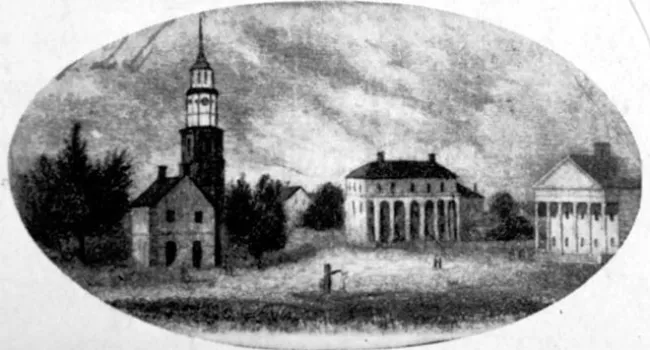
Photo
This small engraving showing a faded sketch of the "Old Market and Court House, 1836" was probably copied from an earlier sketch of Camden as it appeared around 1820. Courtesy of the South Caroliniana...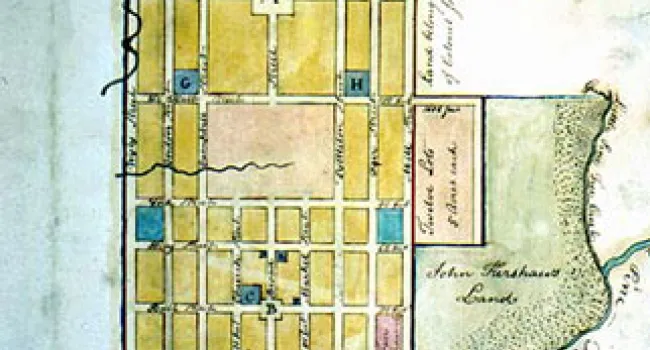
Photo
The town of Camden was one of the first official settlements to be laid out in the interior of South Carolina in the 1730s. Settlers flooded into the backcountry during the quarter century of peace...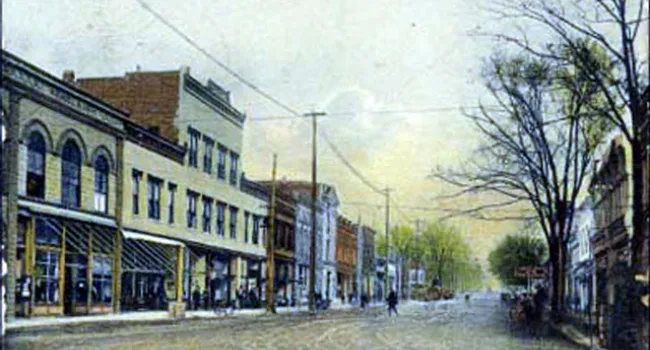
Photo
Camden's Main Street, around 1910. Courtesy of the South Caroliniana Library.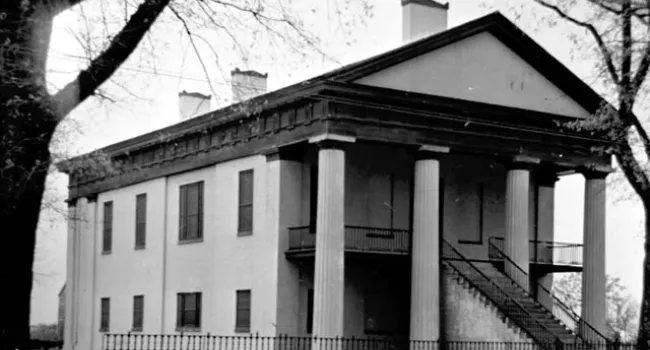
Photo
The Kershaw County Courthouse was designed by famed South Carolina architect Robert Mills and built in 1826. The original courthouse had Ionic columns; local citizens, who wanted a more "modern"...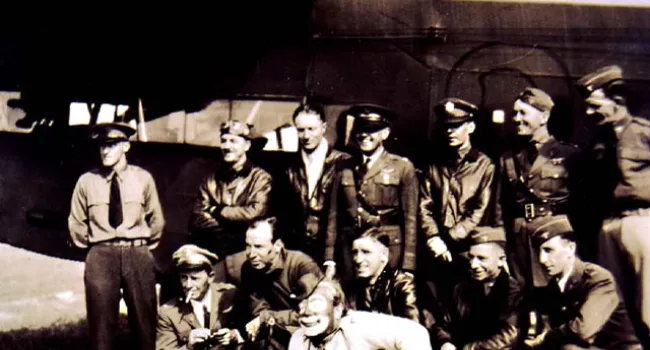
Photo
Dedication of Woodward Airport, just outside of Camden, in Kershaw County, 1929. Courtesy of the South Caroliniana Library.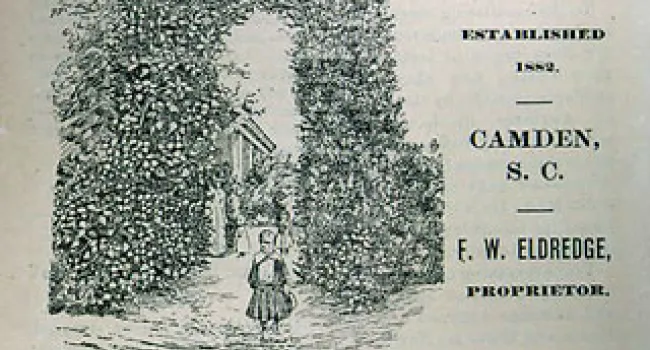
Photo
An 1891 advertising brochure for "The Hobkirk Inn, established 1882" in Camden, shows a small girl and a rustic arbor to attract visitors to Camden's old gardens and pleasant winter climate. Courtesy...
Photo
The front hall of Camden's Mulberry Plantation, with its beautiful interior curving stairway, did not escape the decorative impact of the Victorian era. (For examples of the external decoration of the...